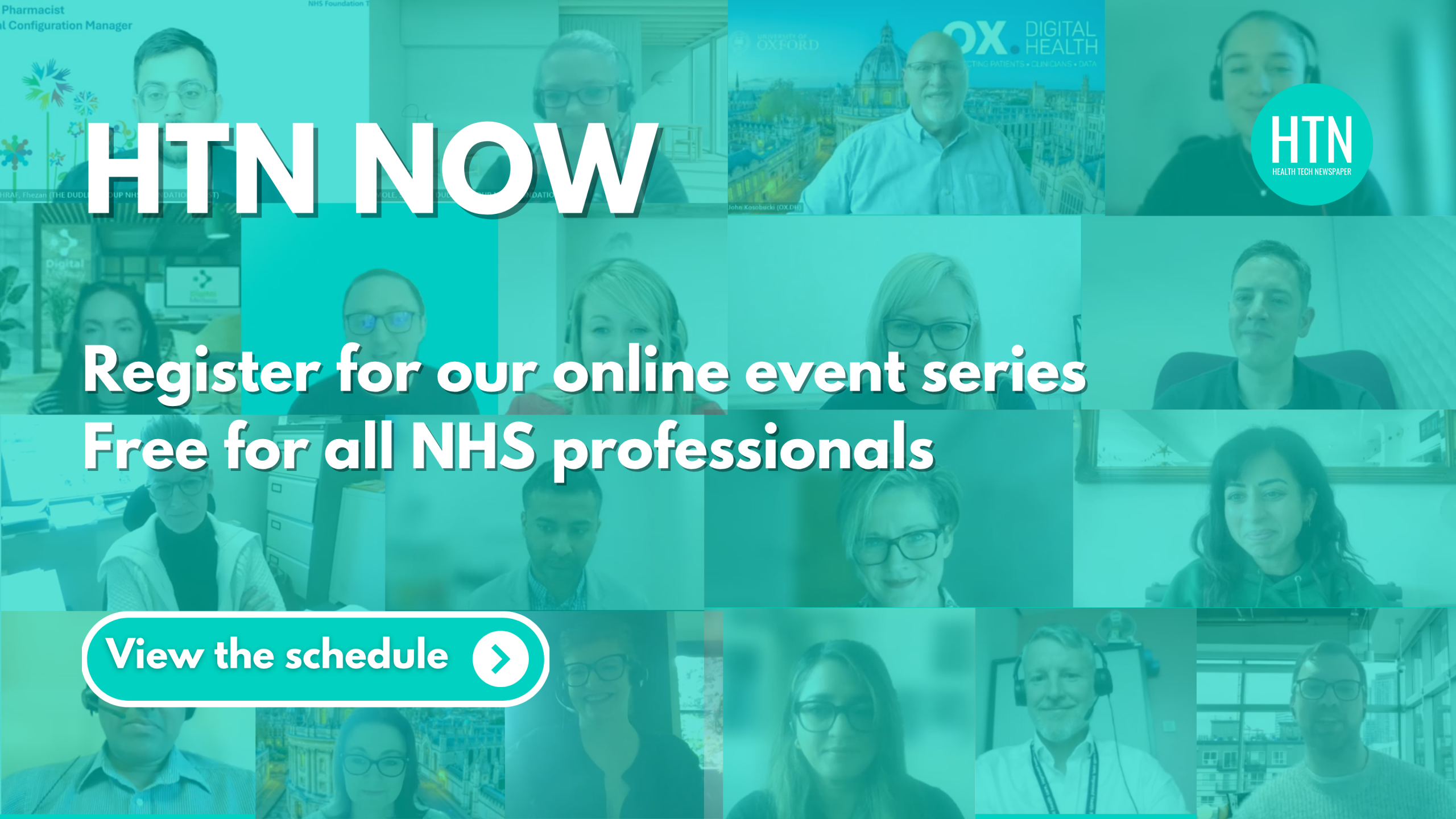William Lumb, Lancashire and South Cumbria ICB’s CCIO, has shared a discussion paper on LinkedIn, providing thought on how to meaningfully transform health and social care through digitisation of whole system patient flow in two to three years.
In a 10-page piece, the CCIO discusses some of the key challenges in the digitisation of health systems, and proposes a “single whole system flow solution” for the region, as a route to realising high quality cost effective health and care.
Whole system thinking and design is key to Lumb’s vision, along with data captured from the flow of citizens along care pathways, which should help inform referral management, integrated record sharing, performance management, population health management, and ethical research. At present, having the ED platformed on the acute hospital system has created a bias toward admission, he says, as “we only need 30-40 data items transferring in the same system to admit, but to safely discharge it would be several hundred data items from multiple external clinical systems”. Here he recommends: “Understanding the whole system and co-designing integrated software systems that support the needs of practitioners, empower competency based decision making and focus on the needs of the citizen of note, rather than what services are available and their respective organisational requirements.”
The fundamental knowledge and software required for this is there [not fully deployed/configured] at Lancashire and South Cumbria, according to Lumb, but a continued focus of digital investment into the acute sector risks the creation of a next generation of digital leadership who will “see the world through the acute lens”, when only 20 percent of NHS healthcare takes place in hospitals. For Lumb: “We have been digitally investing in the acute sector for the past 20 years and not sure that we have shifted the dial. It is time to give others who provide 80 percent of the care some attention.” There is a need to collect data as close to the point of care as possible, offering real-time reporting, enabling effective record sharing, and supporting insight-driven population health and research. “Of the many clinical pathways that exist, analysis suggests that there are only 80-100 that support most of the patient care and therefore demand our attention,” Lumb states. Redesigning these processes with digital possibilities in mind can remove the need for human monitoring of pathway flow and help redirect these efforts elsewhere, he considers.
One of the biggest inefficiencies sits “in plain sight”, Lumb argues, pointing to transitions of care involving the movement of health data between providers. Currently, that process isn’t optimised, he highlights, leaving between 4.5 and 5 million transitions of care in the region currently unoptimised. “This feels to be low hanging digital fruit.” Clinical data can be categorised into three buckets: identity, background clinical, and determining, Lumb continues. Background clinical data should be available to all for ease of onboarding, with the transition process focusing on identity and determining around why a patient has moved onto a pathway. “This will reduce the amount of information we need to move by up to 75 percent every time.”
EHRs should become a subsidiary function as a record, with the need to create “a whole system flow function (do) which is missing, integrated with connected care records (remember identity and determining vs background clinical) and effective patient communication”. Rather than the entire record, most practitioners require the same four things: the ability to see their tasks for the day on one screen; a disease-specific view of data available for a patient; the ability to record noting as efficiently as possible; and the ability to undertake actions required as easily as possible. Delivering on this will enable the wider system to achieve “structured coded data at the point of care, nudge theory curated problem lists and a sense of ownership/alliance with the clinical software provider that starts to rebuild trust in digital solutions within wider health and social care”.
Reflecting on the ICB’s experience of using software that generates and transmits structured coded data to enable a more detailed analysis of performance; Lumb talks about how integration with national systems will offer the ability to assess referrals prior to requesting on the national electronic referral system (eRS), “along with facilitating large volume structured data write back into GP systems-enabling read/write whole system care planning integrated with our shared record solution (ALL read, ALL write)”. Each community of practice has its own needs, he considers, but “if we allow each one to procure their own software, then the linkages/connections & deployment becomes unmanageable…We should architect so everyone can do everything, then segment/control access where appropriate.” This requires a permissive landscape, supportive commissioning, and “a modest investment of £3 per head of population recurrent over 3 years”, according to Lumb, “although the projected whole system saving will be break even in the first year and £100m recurrent by year 5”.
Although these figures are “ambitious”, Lumb breaks them down as follows: saving 15 minutes per referral at £30 per hour, a 30 percent reduction in hospital admissions, training savings, a ten percent reduction in ED attendances, and the ability to take advantage of “wider software efficiencies”. Requirements for this to happen include the ability to design and deploy the whole system flow solution for all communities of practice, the ability to stabilise and update the existing Connected Care Record, the creation of links between whole system flow and population health, and a supporting three-year revenue stream. “Getting whole system flow right is the missing fundamental link in our strategic digital enterprise architecture, however there is a requirement to design and articulate at an operation level what systems we use and how they connect,” Lumb continues. The flow of cases should dictate software boundaries, and there is also a rationale to move away from “organising software on a physical or provider boundaries to the designing around the needs of the service”.
To learn more about Lumb’s single whole system flow solution, please click here.
Health data across the NHS
In a recent review commissioned by the Secretary of State for Health and Social Care into six organisations overseeing the safety of care, Dr Penny Dash noted that despite a shift toward safety and “considerable resources deployed”, relatively small improvements have been seen; that tech, data and analytics should play a “far more significant role” in supporting quality of care; and that insufficient use is currently being made of NHS data resources.
The Data Use and Access Bill has formally entered into law, in a move the government hopes will reduce NHS bureaucracy and accelerate innovation in science and tech. The bill states the intent for interoperability, for real-time access to health information such as pre-existing conditions, appointments, and tests, across different care settings “no matter what IT system they are using”. The government estimates that enabling data sharing across platforms will save NHS staff 140,000 hours per year in admin.
A report on personalised medicine published by the European Observatory on Health Systems and Policies has pointed to the importance of new roles and training for new technologies, along with the effective use of data, and investment in infrastructure. “Realising the potential of personalised medicine requires significant investment in competence development and infrastructure, including biobanks, next-generation sequencing and interoperable electronic health records,” it continues.
Norfolk and Waveney University Hospital Group is planning a procurement for a clinical data repository, which will be used for data migration and archiving within their MEDITECH EPR programme. According to Norfolk and Waveney, the clinical data repository will provide a database for the consolidation of data from various clinical sources, helping to create a unified view of each individual patient and increase integrated care across three acute trusts in the region. This includes Norfolk & Norwich University Hospitals NHS Trust Norwich, James Paget University Hospitals NHS Trust Great Yarmouth and Queen Elizabeth Hospital Kings Lynn NHS Trust Kings Lynn.





